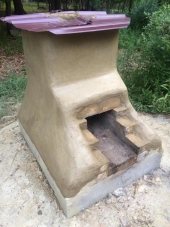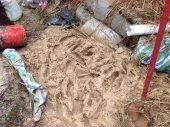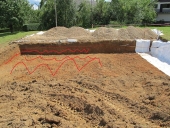Maja Borkowska wrote:Hi,
I live with a friend that wants to put clay plaster everywhere in the house. She's done that before so she just went ahead with this in one room already. Sadly, it looks like our clay (our land is almost pure clay) is very greasy, or so she says. The problem is that it cracks a lot despite adding various amounts of sand, putting various thickness of it on the walls and constant filling them and painting them over.
Before us is a work of removing all the plaster from one room and making a new one so I would like to do it properly.
So we started to talk with different people about it and some say that for clay plastering, usually some fiber is added, like finely chopped straw. Do you think that would help?
Still, we don't have a effective way to chop straw that we do have so I thought, that maybe we can use sawdust instead, would that do the trick?
Do you know of any other ways that could strengthen the plaster so it doesn't crack?
Thank you
Hello,
First can you please explain your process,
1. how are you obtaining your clay, what colour is it because you want to dig deep and get anenorbic grey clay!
have you tried soaking some of the clay into some water to check its purity?
are you mixing any lime or gypsum into it or bone ash.
What fibres are you considering and how are your going to scutch them into thread, and comb them into the mud.
Wait did you say sand, what type of sand are you talking using 70 percent clay 30 percent sand as in pottery? if so what type of sand are you using?
How are you letting the plaster dry on the wall,
water content takes up volume, when it dries out it makes voids.
So please explain step by step verbatim what you are doing!








